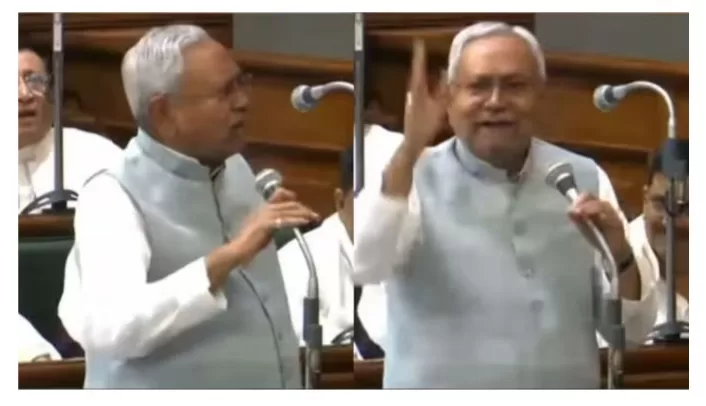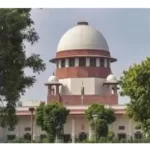In a strategic move responding to the caste survey conducted by the Nitish Kumar government in Bihar, the Bharatiya Janata Party (BJP) has orchestrated a three-pronged strategy. This approach is meticulously designed to counteract potential mobilization of backward classes in favor of the JD(U)-RJD alliance, particularly in light of the political dynamics unleashed by the survey.
The BJP’s strategy revolves around casting doubt on the credibility of the released data, specifically focusing on what they claim are anomalies in the reduced numbers for Extremely Backward Classes (EBCs) and the increased strength of key RJD votebanks, such as Yadavs and Muslims. Simultaneously, the BJP aims to position itself as the authentic advocate for Other Backward Classes (OBCs), navigating the nuanced terrain surrounding the call for a nationwide caste census.
This strategic alignment becomes particularly significant as the demand for a comprehensive caste census gains momentum in the political landscape, just ahead of the crucial 2024 Lok Sabha elections. The BJP, while expressing skepticism about the feasibility of such an extensive survey, strategically lends support to Chief Minister Nitish Kumar’s announced quota hike and financial aid. This careful positioning enables the BJP to maintain support from backward castes while addressing potential shifts in political dynamics.
A key facet of the BJP’s strategy is the emphasis on exposing anomalies in the caste survey to polarize non-dominant OBC and EBC caste groups against the traditionally dominant Yadavs. This strategic move is envisioned to potentially shift the EBC vote in favor of the BJP. Acknowledging the challenge posed by the RJD, the BJP strategically focuses on the Muslim-Yadav narrative to polarize other OBCs. However, the financial assistance announced by Nitish Kumar, which also benefits the general category, is viewed as a potential disruptor to the BJP’s strategic objectives.
As the caste survey unfolds, the BJP strategically questions the veracity of the data, highlighting what they perceive as a “reduced number of EBCs and increased number of Yadav-Muslims.” This skepticism is a critical element of the BJP’s strategy, intending to counter-polarize non-dominant OBCs against Yadavs, forming the initial phase of the BJP’s endeavor to turn the survey dynamics against the Nitish Kumar government.
The second aspect of the BJP’s strategy involves demanding the release of economic and educational survey data at the panchayat and ward levels. While ostensibly seeking transparency, the BJP aims to leverage this information to spotlight anomalies and instill suspicion among OBCs regarding Nitish Kumar’s alleged favoritism toward RJD votebanks. By projecting Lalu as an adversary of EBCs, the BJP seeks to tap into historical narratives and further solidify its base among EBCs.
In portraying the BJP as the genuine champion of OBCs, party leaders emphasize historical instances where the BJP played a pivotal role in advocating for OBC reservation. The party strategically organizes meetings of OBC leaders and underscores its commitment to the welfare of backward communities, attempting to position itself as the primary advocate of OBC interests. Prime Minister Narendra Modi’s mention of the BJP’s role in elevating OBC representation serves to reinforce this narrative.
As the political landscape in Bihar undergoes a transformative phase with the unfolding caste survey dynamics, the BJP’s strategic maneuvers underscore its agility in navigating complex issues while preserving its political standing among diverse caste groups.






